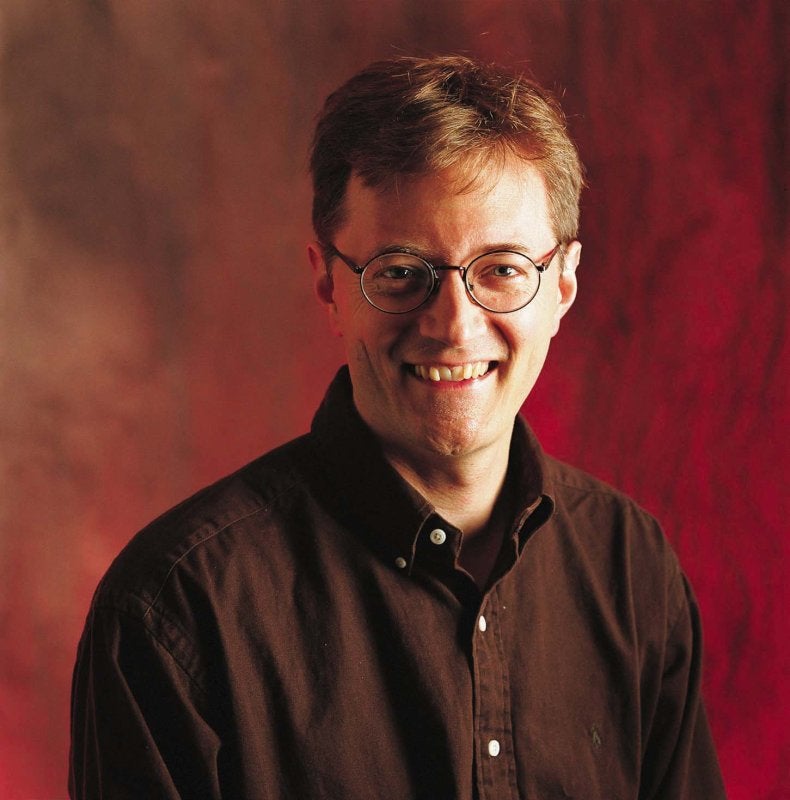
Michael Tiemann is a true open source software pioneer. He made his first major open source contribution more than three decades ago by writing the GNU C++ compiler, the first native-code C++ compiler and debugger. His early work led to the creation of leading open source technologies and the first open source business model.
In 1989, Tiemann's technical expertise and entrepreneurial spirit led him to co-found Cygnus Solutions, the first company to provide commercial support for open source software. During his ten years at Cygnus, Tiemann contributed in a number of roles from President to hacker, helping lead the company from fledgling start-up to an admired open source leader. When Cygnus was acquired by Red Hat in 2000, Tiemann became Red Hat's Chief Technical Officer (CTO) before becoming its first Vice President of Open Source Affairs. In that role Tiemann provides technology, strategy, and policy advice to executives in the public and private sectors.
Tiemann graduated from the Moore School at the University of Pennsylvania (Class of 1986) with a BS CSE degree, and later did research at INRIA (1988) and Stanford University (1988-1989).
Tiemann has served on a number of boards that have been instrumental in establishing Open Source as a leading development and commercial practice in the software industry. He joined the board of the Open Source Initiative in 2001 and served as its President from 2005-2012. Tiemann was also a founding board member of the Embedded Linux Consortium, the Eclipse Foundation, and an advisor to the GNOME Foundation. Tiemann provides financial support to organizations that further the goals of software and programmer freedom, including the Free Software Foundation and the Electronic Frontier Foundation.
He was also a Trustee of the University of North Carolina School of the Arts and a founding member of the Board of Advisors for the Center for Environmental Farming Systems (2006-present). Tiemann has also remained active in the Creative Commons community, as both a sponsor of projects and promoter of the cause.

Authored Comments
Richard, thank you for writing Part 2! Part 1 is a good introduction to a range of theoretical problems related to Harmony, but Part 2 really makes the problems concrete for me. In particular these two sentences really caught my attention:
<cite>
With Harmony’s maximalist predecessors, this problem is exacerbated in the worst instances of the so-called “dual-licensing” business model, where a commercial project entity uses the GPL as its “community” license, spreads unwarranted fear about the GPL, and retains the sole power to provide alternative proprietary licenses.</cite>
<cite>Another problem is that maximalist contributor agreements, particularly complex ones like the Harmony templates, seem to signal that there is something legally insufficient or doubtful about open source licensing.</cite>
These are serious issues! Thank you for uncovering them.
Tarus,
Thanks for sharing your hard-won experience. I had no idea that it could be so tricky to keep a trademark in the good graces of the US PTO. I hope other open source projects read this history and learn from it.